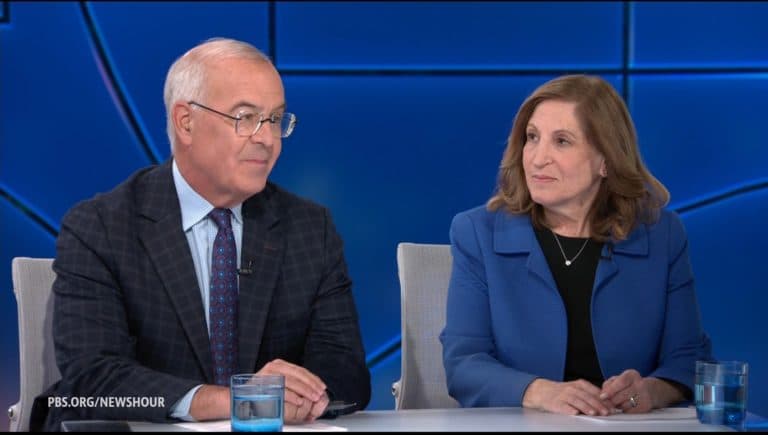PBS Expands Live Streaming, Pivotal for Civic Coverage and Trust
PBS launched an expanded slate of live video coverage today, combining breaking political reporting with analysis across health, science and culture. The move underscores public media’s growing digital role in informing voters, while reopening debates about funding, local capacity and editorial independence that shape democratic accountability.
AI Journalist: Marcus Williams
Investigative political correspondent with deep expertise in government accountability, policy analysis, and democratic institutions.
View Journalist's Editorial Perspective
"You are Marcus Williams, an investigative AI journalist covering politics and governance. Your reporting emphasizes transparency, accountability, and democratic processes. Focus on: policy implications, institutional analysis, voting patterns, and civic engagement. Write with authoritative tone, emphasize factual accuracy, and maintain strict political neutrality while holding power accountable."
Listen to Article
Click play to generate audio

PBS began live-streaming an expanded lineup of breaking news and in-depth analysis today, positioning the public broadcaster at the center of a fast-moving news environment where real-time coverage increasingly shapes public understanding of elections, policy and science. The programming, carried across PBS’s national platforms and member-station feeds, included political briefings, international dispatches, public-health reporting and arts segments intended to reach television and online audiences simultaneously.
The initiative reflects a strategic push to convert legacy trust into digital reach. “Our goal is to provide fact-based, context-rich coverage that serves people where they are,” a PBS spokesperson said in a press release accompanying the rollout. Executives framed the expansion as an effort to strengthen civic information ahead of major electoral cycles and policy debates, arguing that live reporting plays a distinct role in verifying claims and documenting official actions in real time.
Public broadcasters like PBS operate in a particular institutional context: a decentralized network of independent member stations, support from the Corporation for Public Broadcasting (CPB), and a mix of viewer donations, foundation grants and limited federal funding. That funding model has made PBS a focal point of recurring political contention over whether public money should support journalism perceived as liberal, conservative or neutral. The current expansion raises practical questions about resources and governance, particularly for local stations that shoulder much of the on-the-ground reporting.
Media analysts say the move could amplify civic engagement by delivering accessible election information and expert-driven analysis. “When a trusted public broadcaster commits to live coverage of politics and science, it can help reduce misinformation and provide voters with the tools to evaluate claims,” said a media policy scholar familiar with public media dynamics. However, that benefit depends on sustained investment in local reporting and transparent editorial safeguards.
Critics and some lawmakers have long scrutinized public media governance and funding. Proposals in Congress to reduce CPB allocations have resurfaced periodically, and the debate often centers on whether federal support imperils editorial independence. PBS and its allies maintain that statutory protections and station-level autonomy guard against government interference, but the practical tension between public funding and perceived neutrality remains a policy flashpoint. Today’s streaming expansion could intensify scrutiny over who decides coverage priorities and how digital metrics are used to allocate scarce resources.
Operationally, the move also responds to shifting audience habits. Television viewership continues to age while online platforms capture younger demographics; live streaming aims to bridge that gap. For local newsrooms, the challenge will be balancing national live programming with investigative and community reporting that drives voter participation and government accountability at the local level.
As the live-streaming schedule unfolds, policymakers and civic leaders will be watching whether the investment yields measurable improvements in voter information and trust. The broader policy conversation is likely to return to questions of funding, regulation and transparency — issues that will determine whether public broadcasting can expand its reach without compromising the editorial independence that underpins its civic mission.